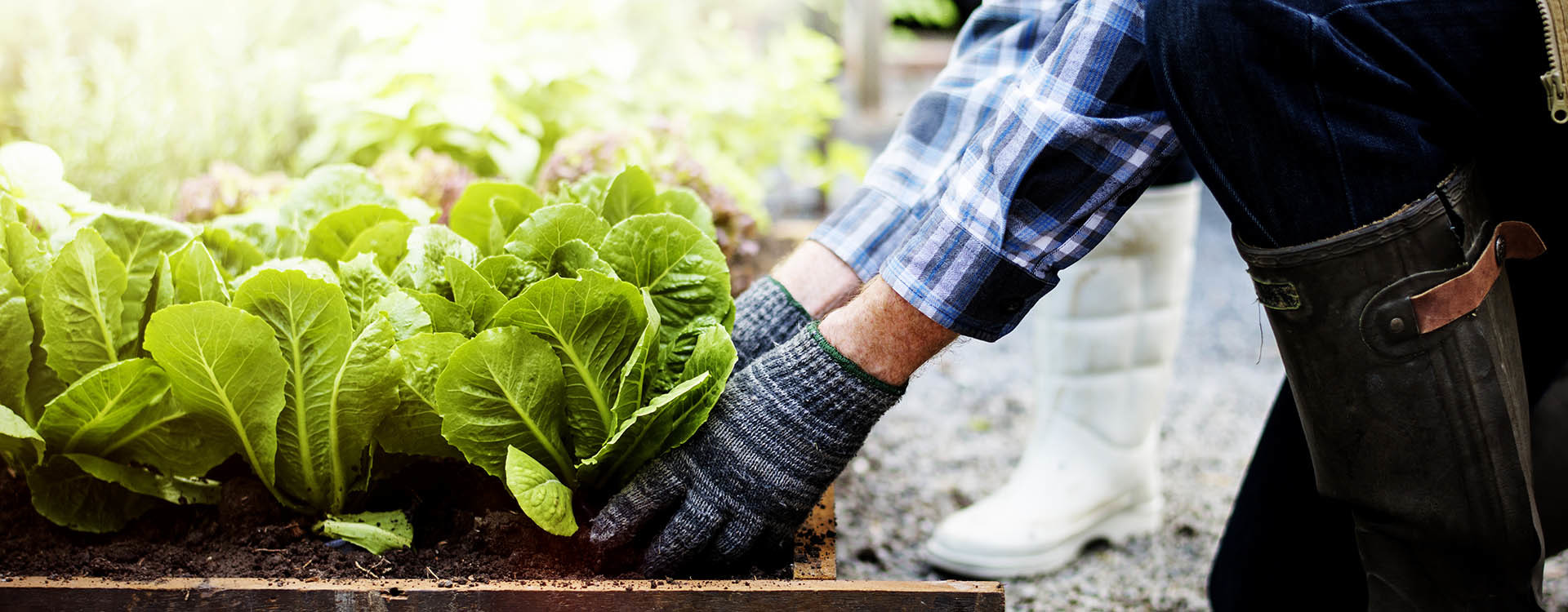Indicators on City Blooming You Need To Know
Intrigued in growing food for sale in the City of Chicago? Below is a listing of regularly asked concerns regarding the policies and policies that farmers must think about when intending a city farming task.
The zoning amendment does not change any type of various other codes handling composting, structure licenses, purchasing or renting City possessed property, business licenses or environmental contamination. There are existing codes that manage these issues and they continue to be in full result and may apply to your project. Neighborhood gardens are commonly owned or taken care of by public entities, public companies or community-based organizations and maintained by volunteers.
Urban ranches expand food that is intended to be sold, either on a nonprofit or for-profit basis. Because of their business purpose, metropolitan ranches need a business permit. Yes. A community yard is permitted to market excess produce that was grown on site if the sales are accessory or secondary to the yard's primary objective described above.
Rumored Buzz on City Blooming
The amount of compost product can not go beyond 25 cubic lawns at any type of given time according to the requirements in 7-28-715 of the City's Municipal Code. Since the soil at most new garden sites needs modifying, garden compost, dirt, wood chips, or other products can be acquired to create or enhance the expanding area.

If a building authorization is required then the hoophouse will be thought about an accessory structure. You can discover more concerning the structure permit requirements by contacting the Department of Structures. The 25,000-square-foot dimension limitation is meant to stop a single neighborhood yard from controling a given block or diminishing the block's existing domestic or business personality.
The restriction does not relate to gardens found in Public Open Area (POS) areas. Can there be greater than one neighborhood yard that is 25,000 square feet on a single block? Yes. The dimension limit applies to individual yards, not to individual blocks. No. Secure fencing is not required, nonetheless, yards that have large car park locations might be called for to install fence or various other landscaping functions.
The Ultimate Guide To City Blooming
B1 & B2 areas call for that all business use tasks be carried out indoors. Is fencing needed for city farms? Fences may be called for, along with landscape design and screening, for certain car parking areas and outdoor work or storage areas depending on location and the specific task taking location.
Yes. Urban farms require structure authorizations and zoning authorizations before construction. Other types of city evaluation may be called for relying on particular structures, tasks, dimension, landscaping, licensing, public heath and stormwater management concerns. A lot of these check it out needs are determined in the task design or allowing procedure, nevertheless, the applicant might be responsible to separately recognize specific licenses or allows that may be called for.
The Division of Business Matters and Consumer Defense can assist determine the certain kind of company certificate that's needed. Off road parking is needed for the majority of business projects in Chicago. The required number of car parking areas is based on the number of workers working on site and not the square video footage of the expanding area.
City Blooming for Dummies

A city ranch can sell garden compost material generated on website, however, the procedure needs to conform with the laws in 7-28-715 of the Chicago Municipal Code. Aquaponic systems are permitted inside on city ranches in several zoning areas.
Approximately 5 hives or swarms of honey might be maintained as an accessory use. Beekeepers should sign up with the Illinois Division of Agriculture. For even more info concerning the recommended zoning change you may get in touch with the Department of Real Estate and Economic Growth, Bureau of Planning and Zoning at 312.744.8563.
, which takes location in rural locations at the edge of suburban areas.
More About City Blooming
It can include a movement of organic farmers, "foodies" and "locavores", that look for to develop social media networks founded on a common ethos of nature and area holism. These networks can establish by way of official institutional support, becoming integrated right into regional community planning as a "change town" movement for sustainable urban advancement.
In either instance, the a lot more direct access to fresh veggie, fruit, and meat items that might be understood via city agriculture can enhance food safety and security and food security while lowering food miles, causing reduced greenhouse gas exhausts, thus contributing to climate adjustment reduction. Several of the first evidence of metropolitan farming comes from Mesopotamia.
Comments on “The Best Strategy To Use For City Blooming”